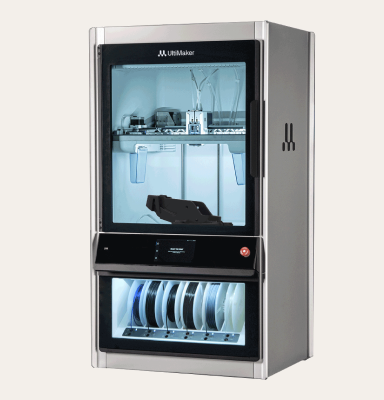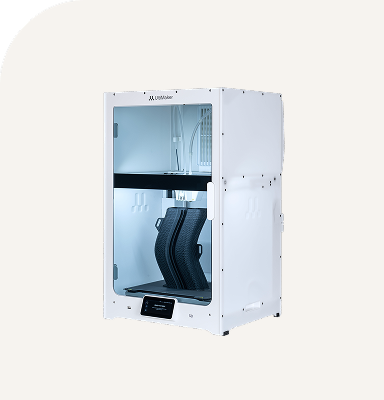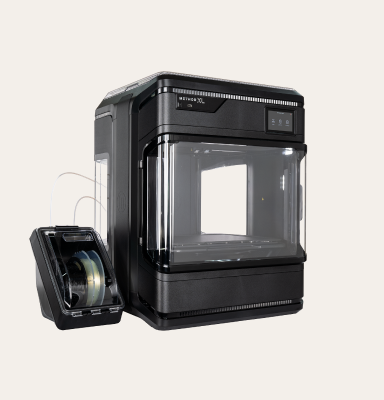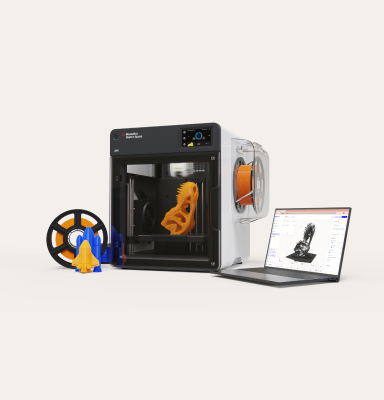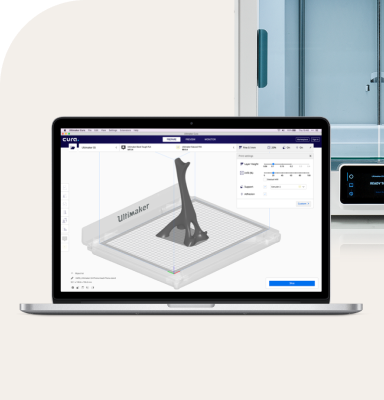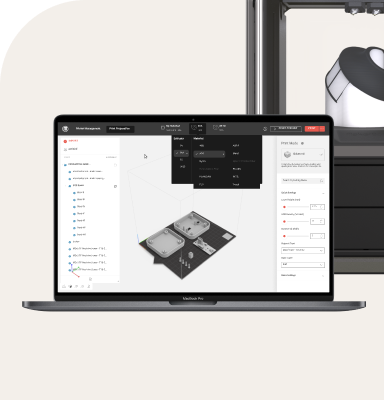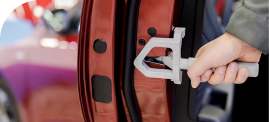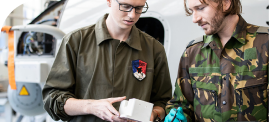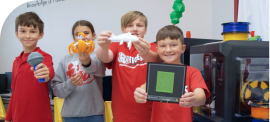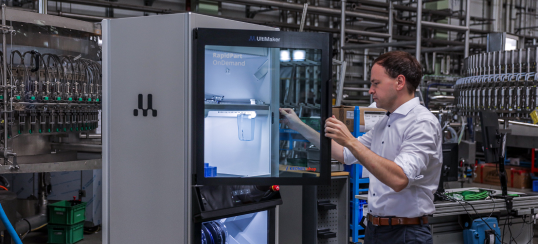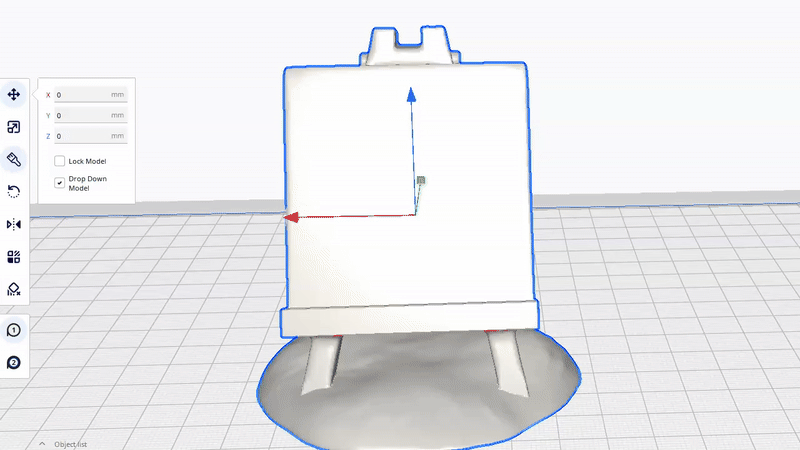The stable version of Cura 5.11 is now available! This release offers exciting new features that give you more control over how you prepare prints, alongside significant upgrades in print quality for the UltiMaker S6 and S8. Compatibility across a wider set of printers and materials has also been extended.
Refined painting tools for accurate control
In Cura 5.11 you will find a new set of paint-on tools that make it easier to customise how your model is sliced:
Paint seams directly on your model so you can decide exactly where the Z-seam appears or block areas where seams are unwanted.
- Use a brush workflow to assign different regions of your model to specific extruders for multi-material printing.
- Save painted settings in project files to maintain consistency across print jobs.
- These tools give you more flexibility to refine the look, feel and performance of your printed parts.
Expanded capabilities for UltiMaker S6 and S8
UltiMaker’s newest professional printers – the S6 and S8 – get even more powerful in Cura 5.11:
- Expanded print core support: slice with AA 0.25, AA 0.4, AA 0.8, CC 0.4, and CC 0.6 cores.
- Improved material quality: PLA, Tough PLA, ABS, and PETG profiles now produce smoother surfaces, stronger parts, and better dimensional accuracy.
- New draft intent profiles: faster printing options for common materials, optimized for productivity.
More control over your print settings
New advanced options give users greater control over extrusion and cooling:
- Retraction during travel moves for cleaner prints.
- Initial layer build fan speed and build volume fan speed settings for fine-tuned cooling.
- Disable unused extruders with a new pop-up reminder for higher-quality results.
Community-driven improvements
As always, our open-source contributors continue to make Cura better. Cura 5.11 includes:
- Updated ChangeAtZ script with more flexibility.
- New annealing and drying post-processing scripts.
- Updated plugins for thumbnails, cooling profiles, filament changes, and LCD display improvements.
- Better retraction settings per model, contributed by the community.
Expanded printer and material support
Cura 5.11 extends compatibility beyond the UltiMaker ecosystem:
- Support for Anycubic, Sovol, BIQU, Geetech, Toybox, and more, contributed by our open-source community.
- Improved 3MF import/export, now including rich G-code for Bambu Lab workflows.
- New material profiles, including Nylon on UltiMaker Method printers and Generic BVOH 2.85mm.
Bug fixes and refinements
This release includes dozens of bug fixes, improving stability across Mac, Windows, and Linux. Notable fixes include:
- Cura now launches smoothly with strict antivirus software.
- Overhang wall speeds and brim gap handling corrected.
- More accurate estimated print times for MakerBot Replicator+.
- Improved spiralized model top layers.
- Cleaner uninstall and startup experience on Windows.

